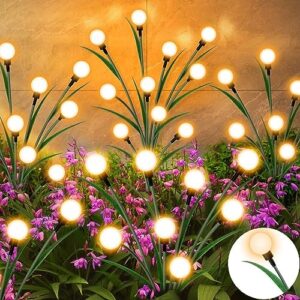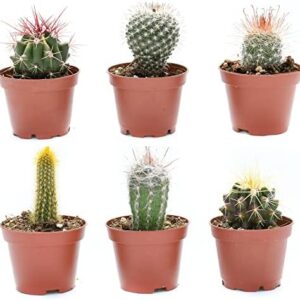As we move through the different seasons, our gardens change along with them. Each season brings its own unique set of challenges and opportunities for planting and harvesting. By tapping into the best of each season, you can ensure that your garden thrives year-round.
Spring is a time of renewal and growth in the garden. As the days get longer and the temperatures start to rise, plants come out of dormancy and begin to actively grow again. This is the perfect time to start sowing seeds for summer crops such as tomatoes, peppers, and cucumbers. It’s also a great time to plant cool-season crops like lettuce, spinach, and peas, which thrive in the still-cool temperatures of early spring.
When planting in the spring, it’s important to pay attention to your garden’s specific microclimate. Some areas may warm up sooner than others, so be sure to take that into account when deciding what to plant and when. You can also take advantage of the mild temperatures and frequent rainfall to establish new plants and give them a strong start.
As we move into summer, the focus shifts to maintaining and harvesting the crops you planted earlier in the year. Regular watering and weeding are essential during the hot summer months, as plants can quickly wilt and dry out in the summer heat. Mulching around your plants can help conserve soil moisture and keep the roots cool.
In the summer, it’s also important to be on the lookout for pests and diseases. Keep an eye out for signs of infestation, such as holes in leaves or yellowing foliage, and take action as needed to protect your plants. You can also use natural remedies like neem oil or insecticidal soap to help keep pests at bay.
Fall is a time of transition in the garden. As temperatures begin to cool and days get shorter, many summer crops will start to decline. But fall is also a great time to get a jump start on next year’s garden by planting fall and winter crops like broccoli, cauliflower, and kale. These cold-hardy vegetables can withstand frost and even snow, providing fresh produce well into the winter months.
Fall is also a good time to start preparing your garden for the coming year. Take advantage of the cooler temperatures to clean up and mulch your beds, and consider adding compost or other organic matter to improve soil fertility. This will help ensure that your garden is healthy and productive when spring rolls around again.
Winter is often seen as a time of rest for the garden, but there are still things you can do to prepare for the coming year. Start planning your garden layout and crop rotations for the next season, and consider starting seeds indoors for an early start on spring planting. You can also take advantage of the downtime to repair and sharpen your gardening tools, so they’re ready to go when the growing season begins again.
Ultimately, the key to successful gardening year-round is to pay attention to the changing seasons and adjust your planting and maintenance practices accordingly. By planting at the right time of year, choosing plants that thrive in each season, and taking steps to protect and nurture your garden, you can enjoy a bountiful harvest no matter the time of year.
So as you move through the seasons, remember to embrace the unique opportunities and challenges that each one brings. By harvesting the best of each season, you can create a vibrant and productive garden that provides fresh, homegrown produce year-round. Happy gardening!






